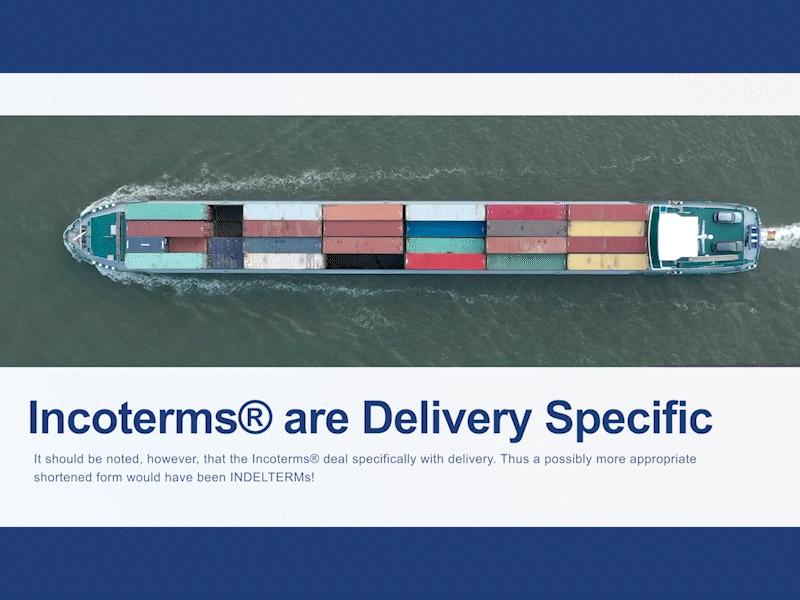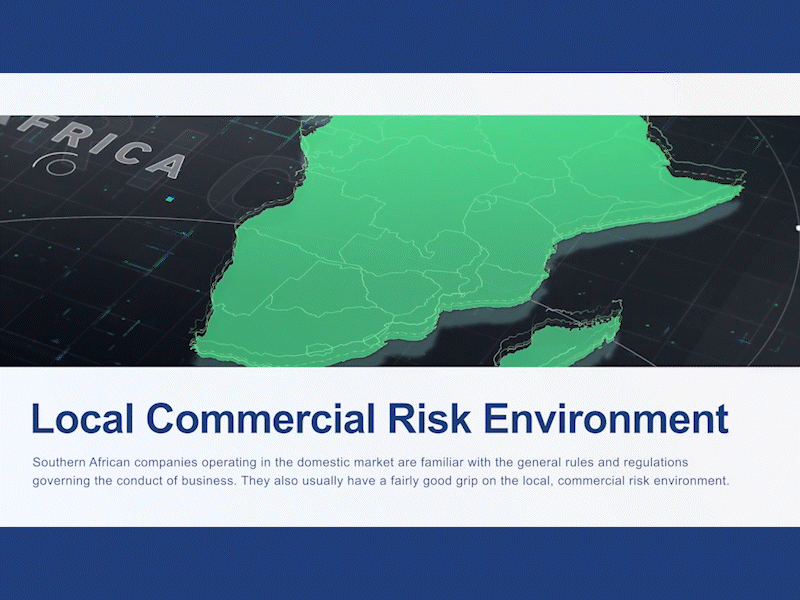Dedicating financial resources to marketing for exports and getting your company export ready is done in an effort to make a profit on your export sales. However, it does not matter if you have negotiated the use of the most suitable Incoterm® or even got your buyer to agree to the most profitable price. If your buyer doesn’t pay you, it will all be in vain. The payment method you and your buyer agree to heavily influences your risk of non-payment. This article highlights the four basic methods of payment used in international trade.

The Four Basic Payment Methods used in International Trade
When an exporter concludes a sales agreement with a foreign buyer for the sale of goods, the parties involved have four basic methods of payment from which to choose:
- Cash in advance
- Documentary credit or letter of credit (L/C)
- Bank Collections
- Open account
What Payment Method Exposes an Exporter to the most Financial Risk?
Each payment method offers the exporter varying degrees of protection against the risk of not being paid. As we highlighted in our previous article on cash in advance and letters of credit (L/C), cash in advance offers the exporter the most protection against non-payment for their goods. After cash in advance, letters of credit offer the exporter the most protection. Further down the scale in terms of the protection afforded to the exporter is the bank collection method. However, the payment method that exposes the exporter to the most risk of non-payment is an open account.
Should an Exporter choose a Payment Method with the least Financial Risk?
While it may seem logical for an exporter to always opt for the payment method that offers them the greatest protection, there are several factors to consider. For example, a letter of credit may not be the most cost-effective route to take. Furthermore, a buyer is attempting to negotiate a payment method that is of maximum convenience to them and not the exporter. Thus, during negotiations, an exporter may be forced to compromise.
How does an Exporter choose the most Appropriate Payment Method?
An exporter should always consider the financial risk they face in a particular export transaction before they agree to use a specific payment method. For example, a high level of buyer risk could warrant the additional cost implications of a letter of credit.

Your ability to manage financial risk and maximise opportunities heavily influences your international success. However, very few exporters know the full extent of the danger they face in the global market. As an exporter, you must understand how to mitigate your risk. Thankfully, Trade Forward Southern Africa, in collaboration with the International Trade Institute of Southern Africa, has created a free and comprehensive online training course on various aspects of global trade, including identifying and mitigating international financial risk. The modules provided include training on international finance, foreign exchange rates, Letters of Credit, international payment methods and Incoterms®. Click the links below to sign up for free and get started.
To sign up to the School of Export CLICK HERE.
If you already have a profile, CLICK HERE to login to begin the module.










Leave a Reply